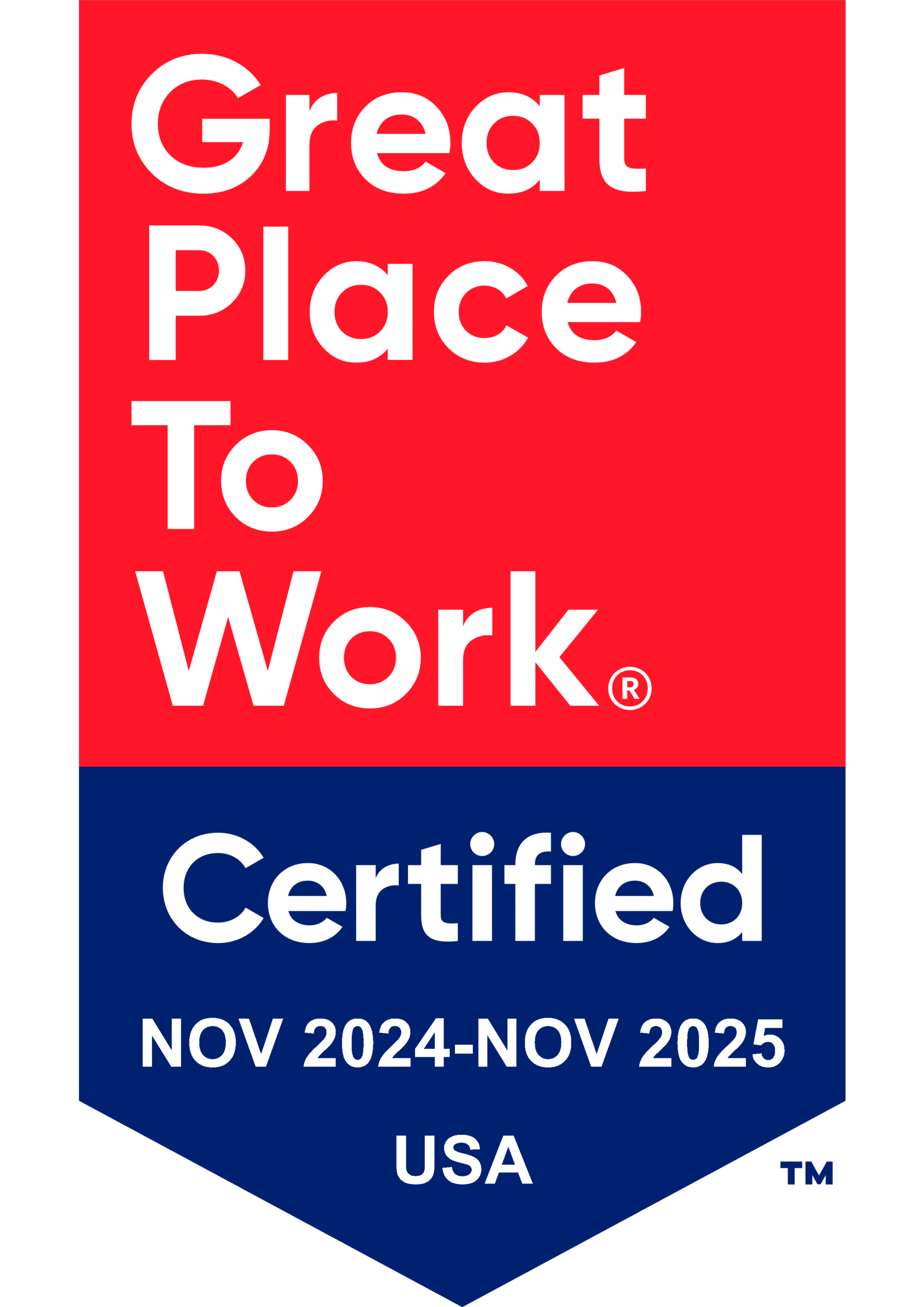Over the last 12 months, our consultancy has had the privilege of engaging with several technology leaders in the higher-ed space. Their passion for creating an environment that uses technology to create better outcomes for students has been incredibly encouraging to witness and has only galvanized our staff to work even harder to help them achieve that goal.
Beyond the satisfaction our cloud ninjas get from every successful technology implementation project, our work in the higher-ed space has proven to be particularly rewarding in a multitude of ways. Hearing that access to better and more reliable technology has directly impacted students’ ability to get the most out of their investments in education has got us all thinking about we can continue to empower partners in higher-ed to achieve more with less.
Relative to this goal, we’ve witnessed some of the unfortunate realities that most technology teams in higher-ed have in common, mainly:
• Limited budgets.
• Aging infrastructure.
• High employee turnover.
• An incredibly challenging attack surface to protect.
Thankfully, the democratization of best-of-breed technologies made accessible through the power of the cloud offers educational institutions a potential secret weapon to battle each of the above challenges in ways never before possible. While bleeding-edge tech has served many other industries well in obtaining a competitive advantage over the last two decades, the cost of implementing the latest and greatest often left higher-ed out of the game.
Below we’ll explore how leaders in education can tap into the same tech that’s deployed in the most competitive commercial environments to solve the most challenging issues facing higher-ed today.
1. Limited Budgets
The pandemic has had a profound impact on the revenue streams for most educational institutions, primarily as a result of lower admissions numbers. Combine this reality with the higher costs associated with operating in a hybrid-learning dynamic, and the result is that already stretched budgets become even more strained.
Thankfully, the cloud has an answer. By shifting large capital expenditures associated with operating physical infrastructure in their data centers to an operating expense of simply paying as-you-go for cloud resources on an ongoing basis, educational institutions are better able to budget for infrastructure spend. With the cost of compute and storage resources spread out evenly over several years, organizations can avoid the dramatic spike in costs related to hardware refresh cycles. Combine this shift in dynamic with the ability to reduce resources when they’re not needed (such as in between semesters), and the cost-benefit of the cloud is simply undeniable (when properly implemented).
2. Aging Infrastructure
The risks associated with operating end-of-life and out-of-support hardware and software are dramatic. When systems outages halt the ability of faculty to deliver the educational experience students expect, the effect is felt by everyone involved and ultimately impacts the bottom line.
By moving away from managing physical infrastructure and offloading the responsibility for keeping both hardware and software up to date to large public cloud providers, institutions can focus on their core mission—delivering a stand-out educational experience to each and every student.
3. High Employee Turnover
While this is a common scenario in many technology organizations these days, higher-ed seems to suffer disproportionately from high employee turnover in IT departments. This could be attributed to a combination of staff members being sourced from within the student body (therefore, naturally cycling out when their coursework completes) and higher wages available to tech workers in the private sector.
Thankfully, the technology talent required to operate systems in the cloud is less technology-specific and more business-focused. When the primary role of IT is no longer “keeping the lights on” for complex systems and applications, the focus shifts to delivering greater value to staff, faculty and students. The result is IT staff who are typically less stressed, more visible to key stakeholders and, therefore, more fulfilled. In turn, retention rates are higher, and the risk of losing a single staff member is reduced by avoiding a situation where unique institutional knowledge walks out of the door with the proverbial “keys to the kingdom” locked inside their heads.
4. Attack Surface
The nature of the user base in higher-ed makes for an incredibly attractive target to attackers and malicious actors. Having thousands of new accounts created and removed every year naturally leads to situations where users lack appropriate cyber training, have access to a large number of disparate and sensitive systems remotely and are ripe for social engineering as a result.
Given the highly-sensitive data contained within many education-related applications, such as personally identifiable information used for identity theft, attackers have had a greater interest in higher-ed targets over the last several years. For those institutions fortunate enough to avoid exploitation, the unavoidable reality of an attack can be greatly mitigated by leveraging tightly-integrated security solutions available through leading cloud platforms. Without the need to procure complex, expensive and siloed security solutions from a number of separate providers, educational institutions are finding budget-friendly solutions that address attacks at every layer of the stack, included in licensing they often already own, from a single cloud platform.
From identity to single-sign-on to multifactor authentication to zero trust, cloud platforms have the ability to aggregate best-of-breed security solutions on a single platform, delivered in a manner that no longer overwhelms internal technology teams.
Conclusion
Though the economic outlook appears to paint an even more challenging picture for higher-ed—and the entire business community—going into 2023, advances in the cloud space provide critical answers to tomorrow’s greatest tech challenges at a cost that is decreasing measurably over time. The economies of scale favor organizations that are forward-thinking enough to use these services to their advantage, and the winners in higher-ed are doing just that. As a result, the next generation of graduates has a brighter outlook, thanks in part to the democratization of technology in the cloud.
This article was originally published on Forbes.

 by
by 










































